How to Build a Paid Social Ad Strategy That Works
In this guide, you’ll learn exactly how to build a paid social ad strategy that works — one that drives measurable results, not just ad spend.
Have you ever launched a paid social campaign on Facebook, Instagram, LinkedIn, or TikTok with high hopes—only to watch your budget evaporate with little to show for it?
You’re not alone.
Paid social ads can be an incredible driver of leads, sales, and awareness—if you have a strategy that actually works. Without it, campaigns can quickly turn into an expensive guessing game.
In this guide, I’ll walk you through how to build a paid social ad strategy that works — one that’s grounded in proven steps, not wishful thinking. Buckle up, let’s go!

Why You Need a Strategy
Simple: because “let’s just boost this post” is not a strategy.
Without a plan, you’ll struggle to:
- understand who you’re selling to,
- know what message will resonate,
- manage your budget effectively,
- measure success and learn from results.
Even if you do get some results by chance, they’ll be inconsistent and hard to replicate. A well-defined strategy gives you direction and purpose for every dollar you spend. It helps you align your messaging with your audience’s mindset at every stage of their journey. Without it, your campaigns will likely be reactive, disjointed, and inefficient.
How do you build a paid social ad strategy that works? It starts here. Let’s break it down.
1. Know Your Audience (Really Know Them)
Step one—and the most important: understand who you’re talking to.
Many campaigns fail because they’re targeting the wrong person with the wrong message.
How to do this:
- Analyze your existing customers: who buys from you, why, what problems are you solving?
- Talk to your sales team (if you have one): what objections do leads have?
- Read through social media comments and reviews.
- Use tools like Meta Audience Insights, Google Analytics, and YouGov.
Go beyond demographics—get into psychographics. What motivates your audience? What are their fears? What are their desires? The better you know them, the more relevant and impactful your messaging will be. Building genuine connections starts with truly understanding who you are serving. Consider creating detailed audience personas to visualize your ideal customer and guide your creative process. The more insights you gather, the more personalized and resonant your campaigns will feel—leading to stronger engagement and higher conversions.
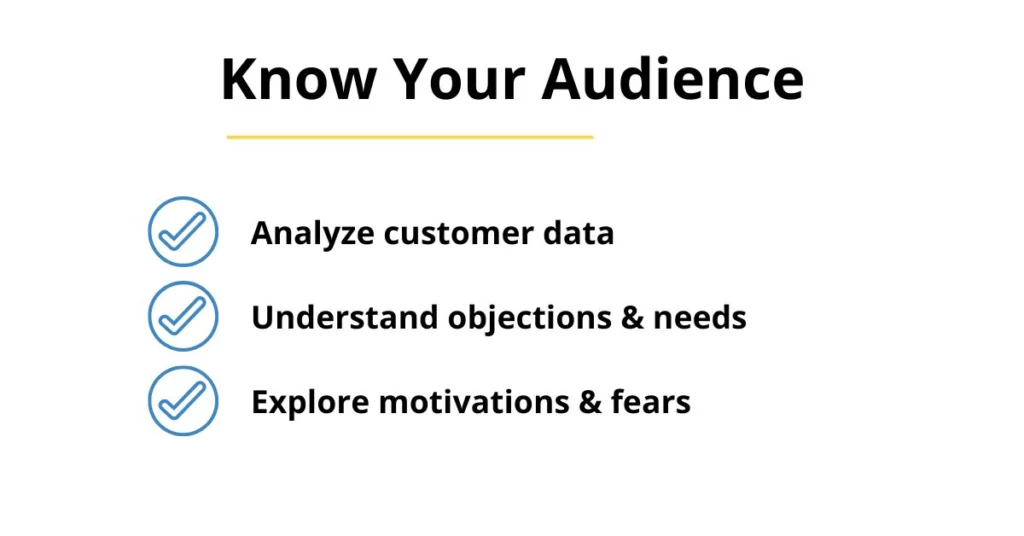
2. Set Clear Goals
If your goal is “more traffic” or “more followers” or “more sales,” that’s not clear enough.
Use SMART goals (Specific, Measurable, Achievable, Relevant, Time-bound), such as:
- Acquire 500 new leads in 2 months
- Increase ROAS (return on ad spend) to 400% in Q3
- Reduce cost per acquisition (CPA) by 20% within 1 month
Clear goals help you know what’s working—and when it’s time to change course. They also help align your team around shared priorities, so everyone is working toward the same outcomes. When you track progress against well-defined goals, you create a cycle of learning and continuous improvement.
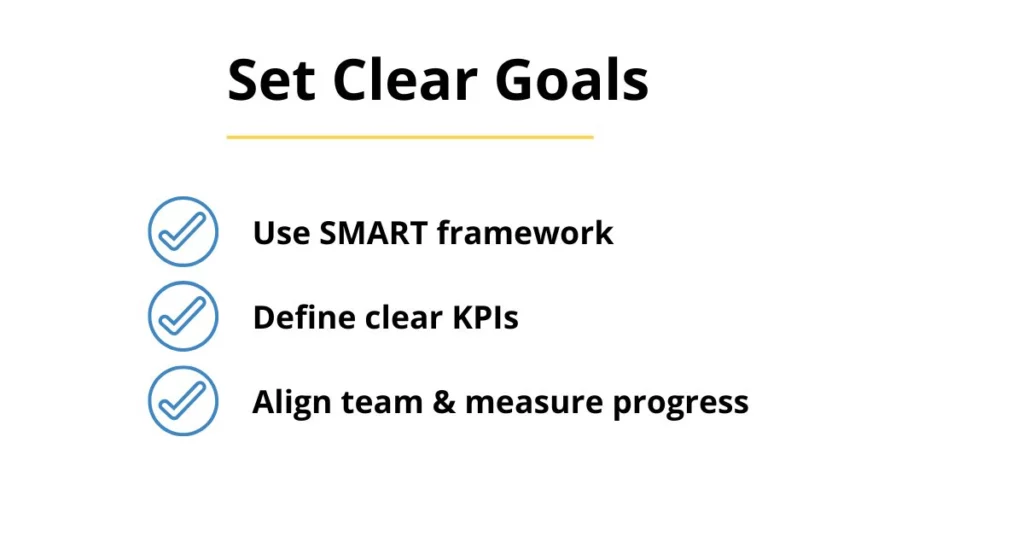
3. Choose the Right Channels for a Paid Social Ad Strategy That Works
How to build a paid social ad strategy that works? Don’t roll the dice on channel selection.
Ask yourself:
- Where does your audience spend their time?
- What kind of content do they expect on that platform?
- How do they make buying decisions on these channels?
Some examples:
- Facebook & Instagram: broad reach, great for visual products and impulse buys
- LinkedIn: ideal for B2B, higher-ticket products, professional services
- TikTok: great for younger audiences, products with strong stories or trends
It’s better to master 1–2 channels than to spread yourself thin across all of them. Each platform has its own unique culture and content style—respect that and adapt accordingly. When you meet your audience where they are, in the way they expect to engage, your campaigns will naturally perform better.
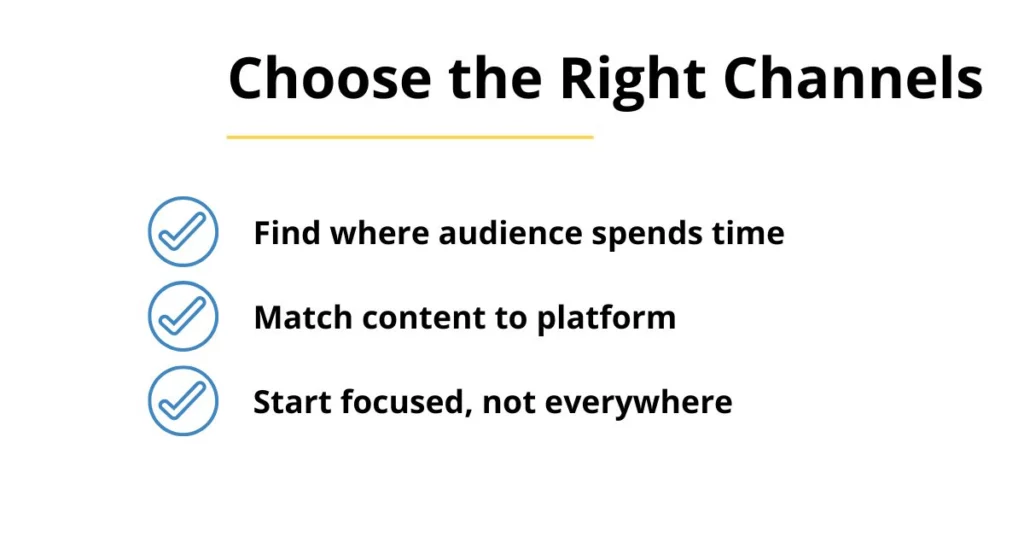
4. Create Engaging, Emotional Ads
Users aren’t on social media to watch ads—your ad needs to:
- grab attention in the first 1–2 seconds,
- evoke emotion,
- clearly communicate what you offer and why they need it.
Tips:
- Use strong visual elements.
- Tell stories that connect to your audience’s pain points and desires.
- Have a clear call to action.
Example (for a health product):
“Did you know 7 out of 10 people who take this natural supplement report more energy in just 7 days? Try it today!”
Test different creative angles—you’ll be surprised what works best. Emotion drives action far more than logic, so tap into feelings like hope, excitement, curiosity, or relief. And remember—your ad is competing with everything else in someone’s feed, so make it worth their attention.
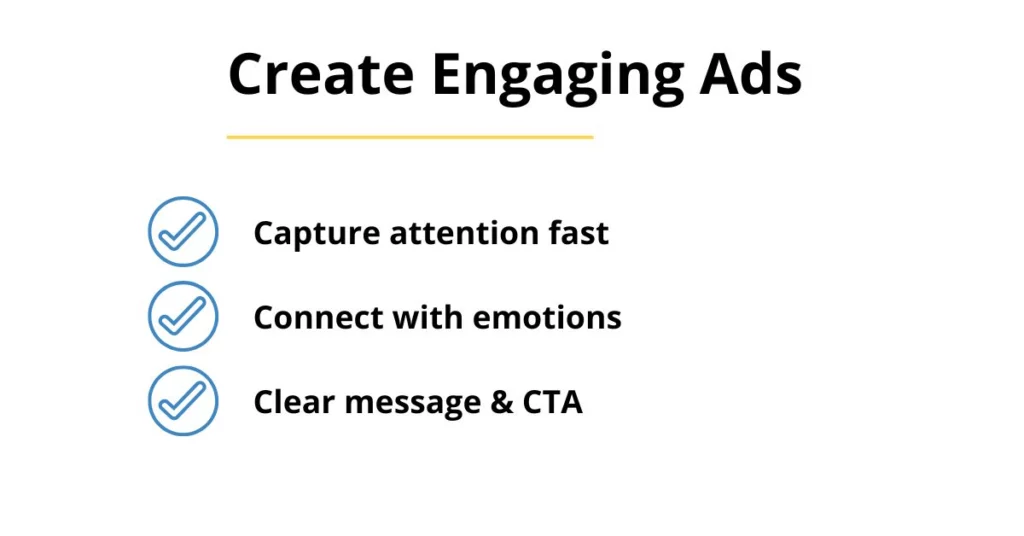
5. Structure Your Campaigns Properly
Without a good structure, even the best ads won’t perform.
A basic structure looks like this:
- Top of Funnel (TOFU): Build awareness and attract audiences (video views, brand awareness).
- Middle of Funnel (MOFU): Retarget users who showed interest (lead ads, engagement campaigns).
- Bottom of Funnel (BOFU): Drive conversions (sales, purchases).
Each stage needs a tailored message and CTA. Skipping stages often leads to poor results—don’t expect a cold audience to convert immediately. Think of your campaign as a journey, where each step builds trust and moves prospects closer to buying.
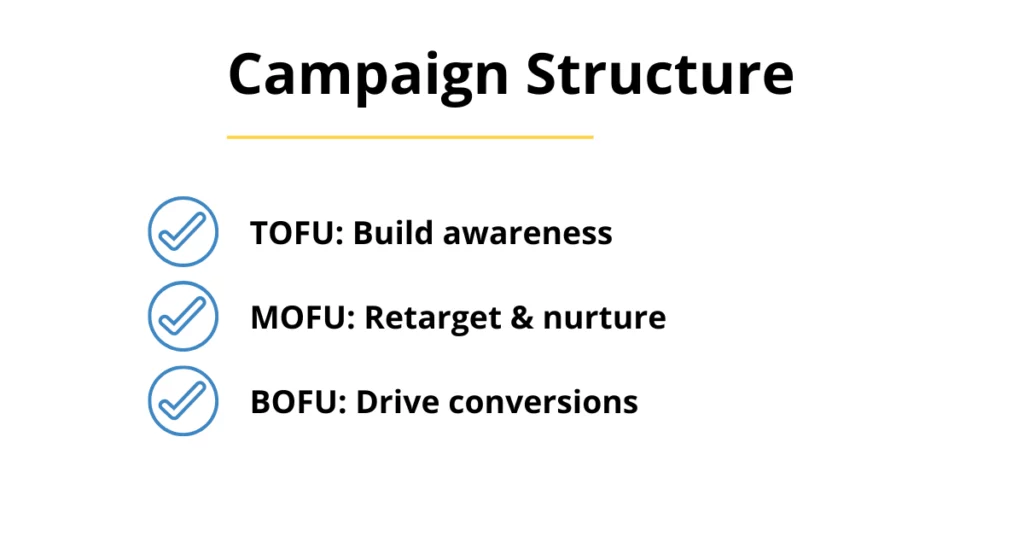
6. Set Up Tracking & Monitor KPIs
Don’t optimize based on gut feeling. You need real data:
- CPC (cost per click)
- CPM (cost per 1,000 impressions)
- CTR (click-through rate)
- CPA (cost per acquisition)
- ROAS (return on ad spend)
Make sure you have Meta Pixel, Google Tag Manager, or platform-specific tracking properly installed. If you can’t measure, you can’t optimize. Tracking not only helps you understand what’s working—it also prevents you from wasting budget on ineffective tactics. The more granular your data, the more informed and confident your decisions will be.
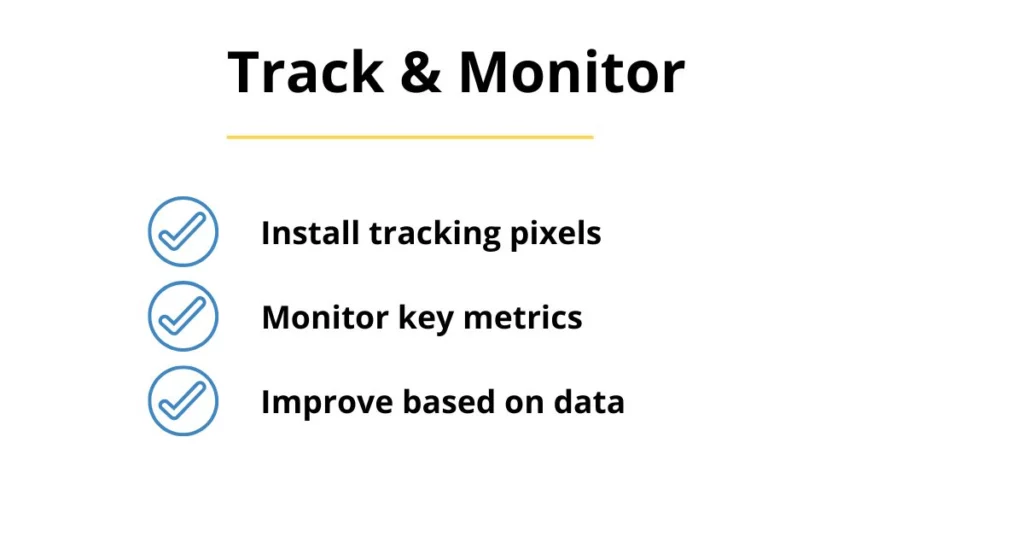
7. Optimize, Optimize, Optimize
Your first version of the campaign probably won’t be perfect—and that’s normal.
The key is iteration:
- Continuously test new visuals, copy, CTAs.
- Experiment with audience segments and budget allocation.
- Analyze what’s working—and pause what isn’t.
The “set it and forget it” mindset is the fastest way to waste budget. Optimization should be an ongoing process, not a one-time task. Small, consistent improvements over time can dramatically boost your campaign’s performance and ROI. Stay flexible—what works today may not work next month as trends and algorithms evolve. And don’t forget to document your learnings along the way so future campaigns can start from an even stronger foundation.
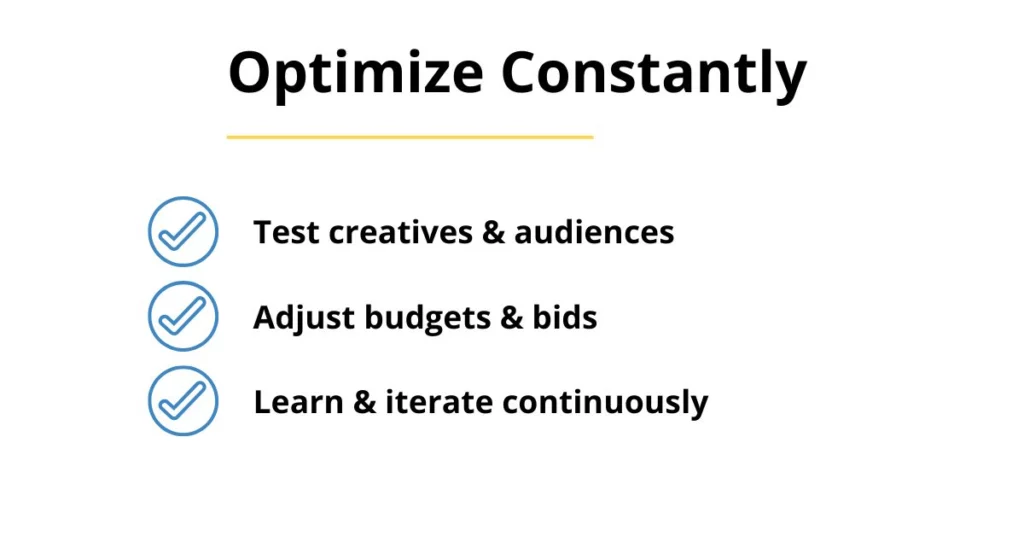
Conclusion: How to Build a Paid Social Ad Strategy That Works
To recap:
How to build a paid social ad strategy that works isn’t about magic tricks—it’s about process. It’s built on deep audience understanding, clear goals, smart channel choices, compelling creative, proper structure, solid tracking, and relentless optimization.
Follow these steps, and you’ll soon be one of those marketers smiling when checking ad performance—instead of pulling your hair out.
Remember, even the best brands didn’t get it right on the first try. Success with paid social ads comes from testing, learning, and refining over time. The key is to stay curious, stay patient, and stay committed to improving.
Good luck building your strategy—and may your next campaign be your most profitable yet! 🚀